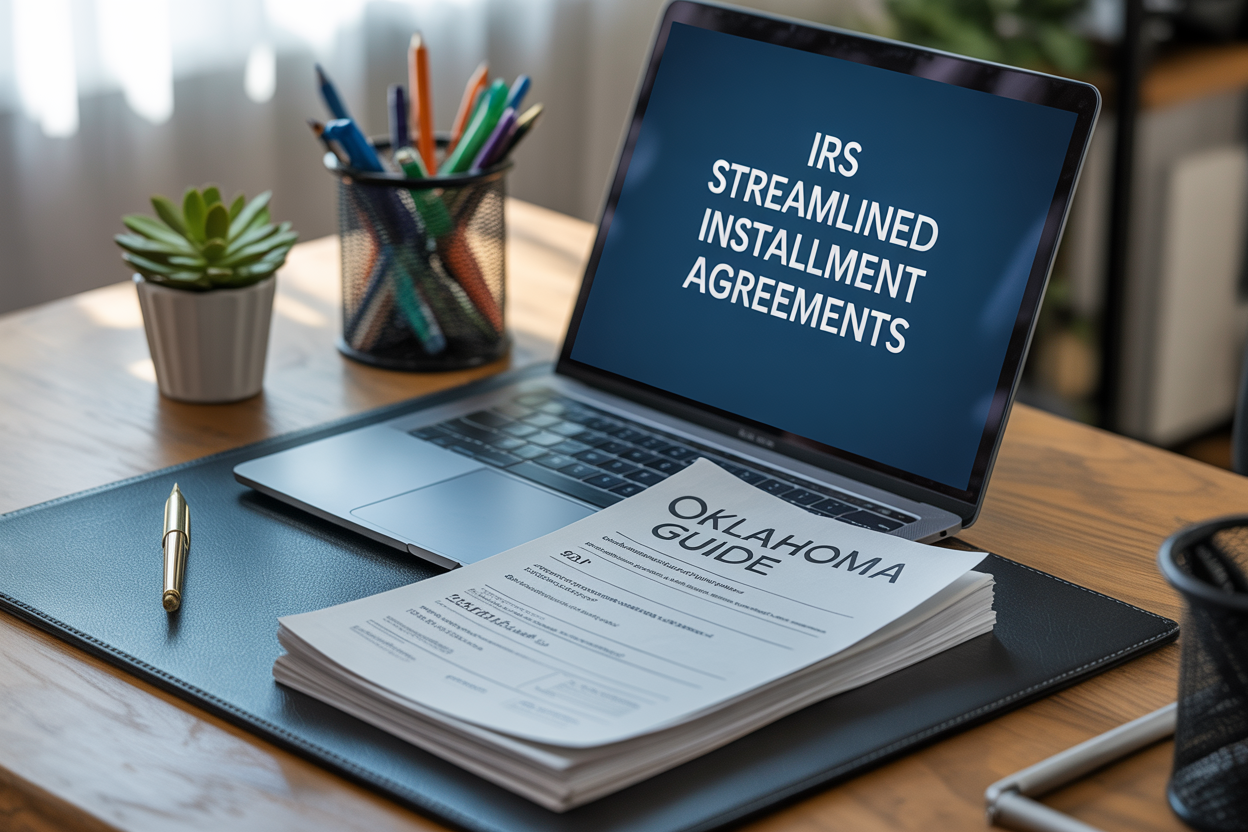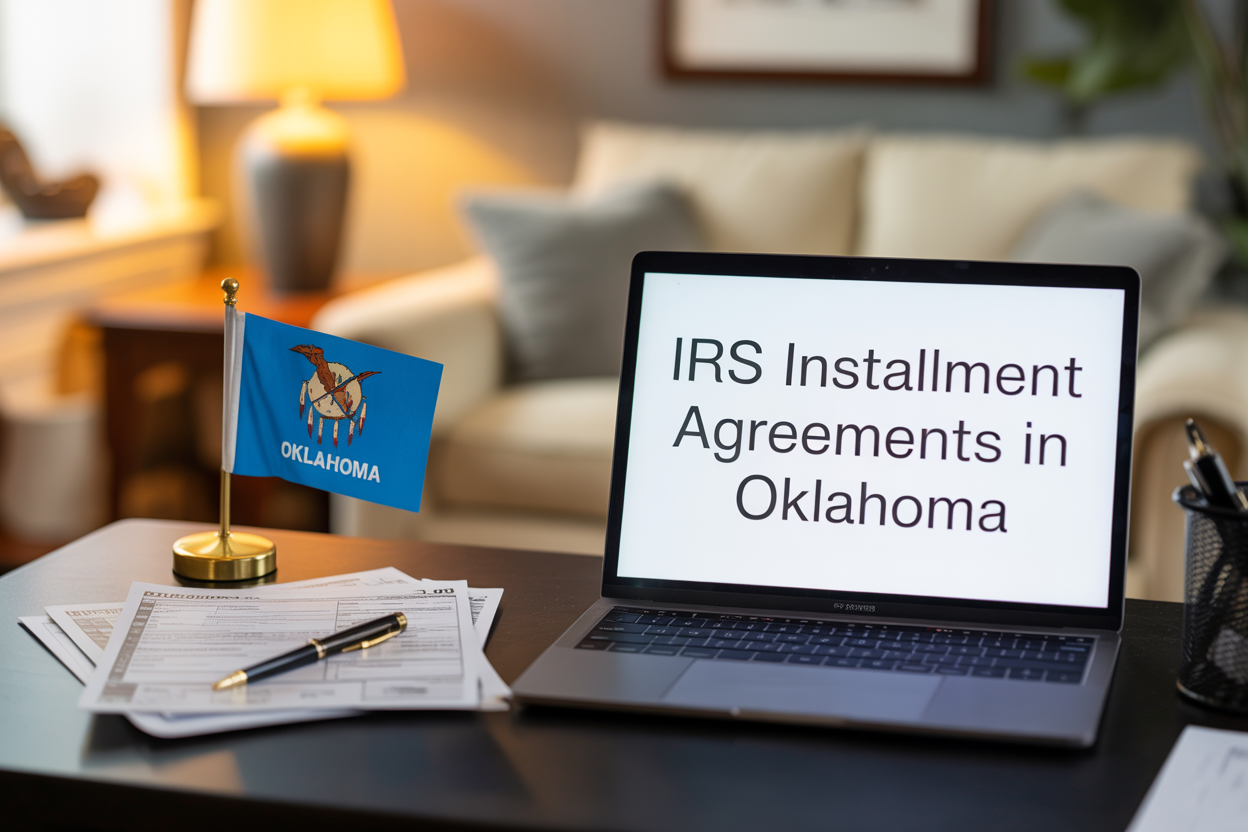How to Calculate IRS Reasonable Collection Potential (Step-by-Step)

If you're thinking about applying for an IRS Offer in Compromise (OIC), there's one number that determines everything:
Your Reasonable Collection Potential (RCP).
The IRS uses this formula to decide whether they’ll accept your offer — and for how much. It’s not a guess. It’s a math equation.
At Boulanger CPA, we’ve helped dozens of Oklahoma taxpayers reduce their IRS balances by calculating and submitting strategic offers based on their true financial position.
In this guide, we’ll break down how the IRS calculates RCP and how you can estimate yours before you file.
What Is Reasonable Collection Potential?
Your RCP is what the IRS believes they can collect from you through:
- Your available equity in assets
- Your future income (based on your current monthly disposable income)
If your RCP is less than what you owe, you may qualify for an OIC. If it’s more, your offer will likely be rejected — or ignored.
The IRS RCP Formula
Here’s the basic structure:
RCP = Net Realizable Asset Equity + (Monthly Disposable Income × Multiplier)
- Net equity = what you could realistically sell or liquidate assets for
- Monthly disposable income = your income minus “allowable” living expenses
- Multiplier = how many months of income the IRS expects (12 or 24 months)
Step-by-Step Example: Oklahoma Taxpayer
Let’s say you're an Oklahoma resident with the following:
- Assets:
- $800 in checking/savings
- $1,200 net equity in a used car
- $0 home equity (mortgage = value)
- Monthly income: $3,600
- Monthly expenses (IRS allowed): $3,500
- Disposable income: $100
Now apply the formula:
- Net asset equity = $2,000
- Monthly DI × 12 = $1,200
- RCP = $3,200
If you owe $45,000 in IRS tax debt, the IRS may settle for $3,200 — if everything is documented properly.
IRS Forms Involved
To submit a real offer, you’ll need:
- Form 433-A (OIC) – Personal financial disclosure
- Form 656 – The actual offer
- Supporting docs: bank statements, pay stubs, car values, etc.
The IRS will check every number. Guessing = rejection.
→ Need help? Use our IRS Settlement Calculator to estimate your offer before filing.
Tips to Legally Lower Your RCP
- Maximize allowable expenses (national standards)
- Document older vehicles and low-value assets accurately
- Show current hardship (loss of income, high medical costs, etc.)
- Avoid inflating income or understating expenses — it must be reasonable
Why This Matters in Oklahoma
Many Oklahoma taxpayers don’t realize they qualify. Even if you earn a good income, the IRS may accept a partial settlement if your equity and DI are low.
We’ve helped self-employed contractors, retirees, and business owners in Oklahoma City and Tulsa reduce six-figure debts down to just a few thousand.
Ready to Run the Numbers?
Use our free IRS Offer in Compromise Calculator — or schedule a consultation and we’ll run it for you.
📞 Call
(405) 384-4900
📅
Schedule your free strategy call
Internal Linking Recommendations
Link to:
- Offer in Compromise Help – Oklahoma
- IRS Form 433-A Guide
- IRS Wage Garnishment in Oklahoma
Add incoming links from:
- “OIC for Self-Employed”
- “OIC Rejected? Here’s How to Appeal”
- “OIC Myths Debunked”
FAQ
What is Reasonable Collection Potential?
It’s the IRS’s estimate of what you can afford to pay, based on your assets and income. This number determines whether your Offer in Compromise will be accepted.
How does the IRS calculate my disposable income?
They subtract allowable living expenses (based on national/local standards) from your monthly income to determine how much you could pay toward your tax debt.
Can I lower my RCP legally?
Yes — by maximizing your documented expenses, accurately reporting asset values, and submitting complete financials. A CPA can help structure it properly.
What if I get the RCP number wrong?
The IRS may reject your offer or request more information. We recommend using a CPA or our free calculator before submitting Form 656.
✍️ About the Author
Marc Boulanger, CPA, is the founder of Boulanger CPA and Consulting PC, a CPA firm based in Oklahoma City, OK.
Marc is the author of Oklahoma Taxpayers' Guide: Taking a Stand Against the IRS and has resolved hundreds of complex federal and state tax cases.
With over a decade of experience in IRS and OTC representation, Marc helps Oklahomans navigate high-stakes tax problems with clear strategy and calm expertise.
He is a Certified Tax Representation Consultant and a member of the American Society of Tax Problem Solvers (ASTPS).
📍 Office: Oklahoma City, OK | 📞 (405) 384-4900 | 🌐 www.oklahomacity.cpa










